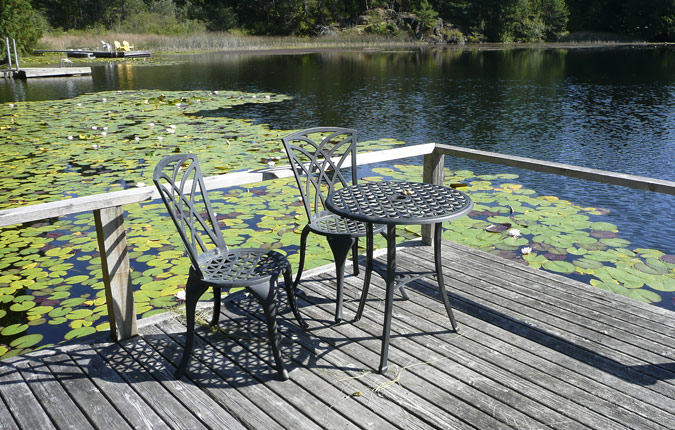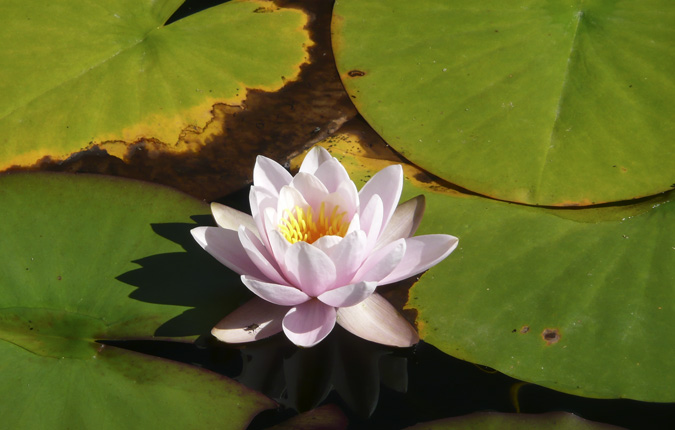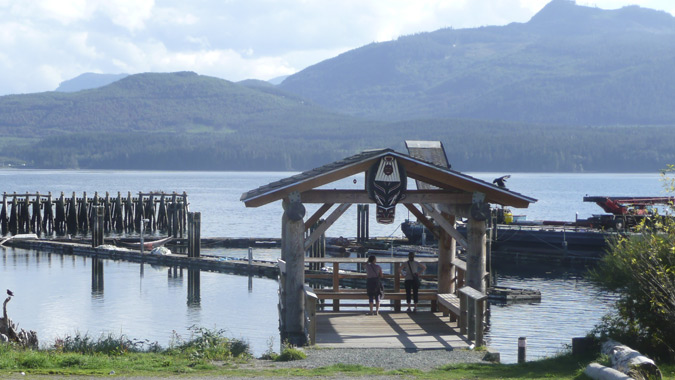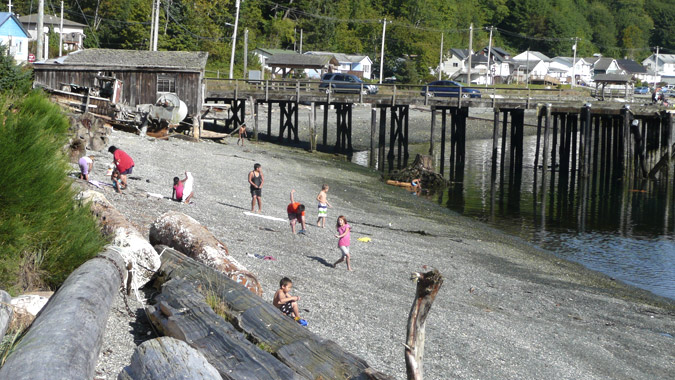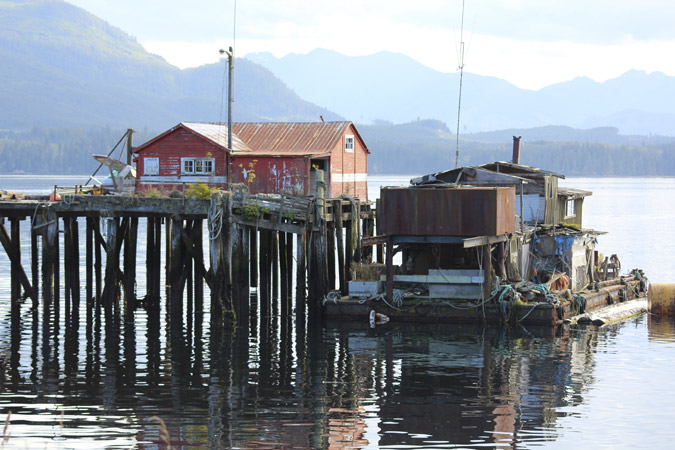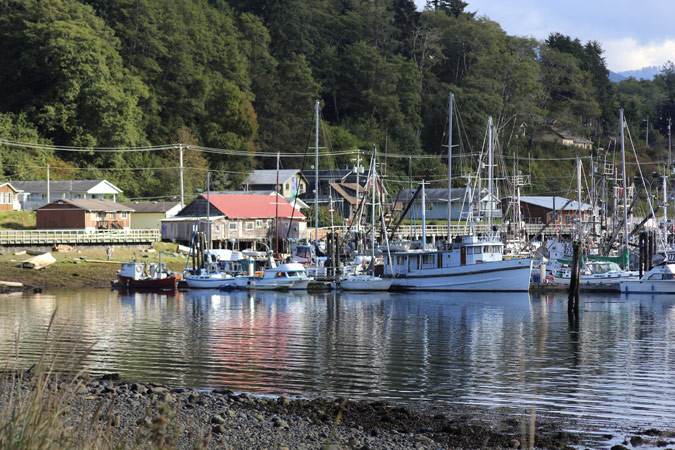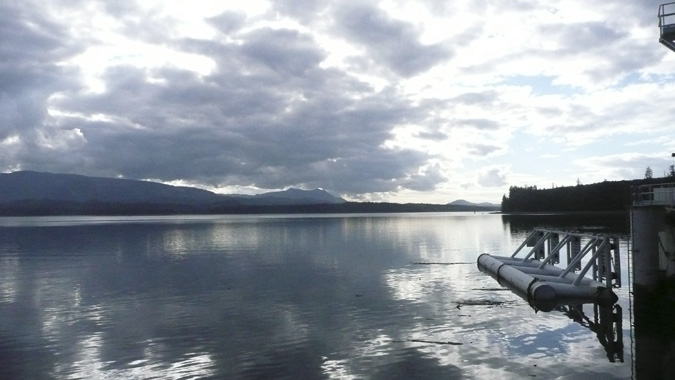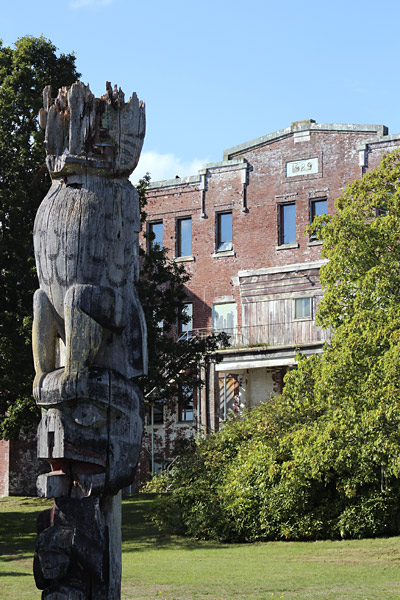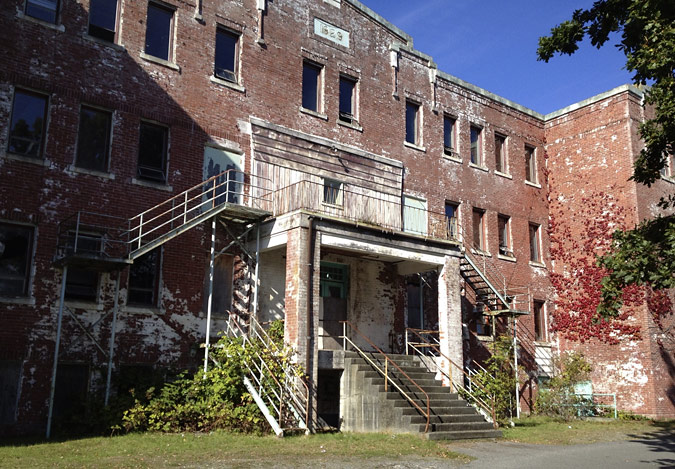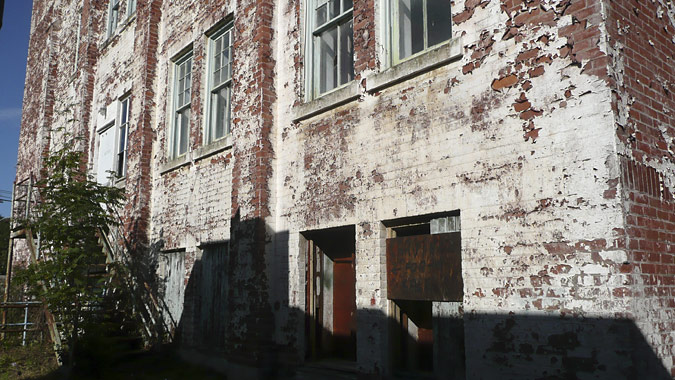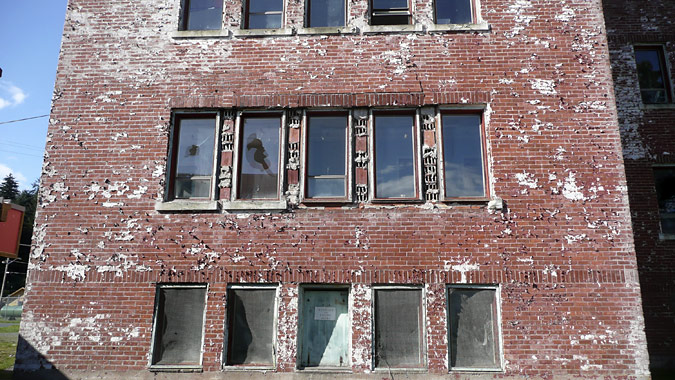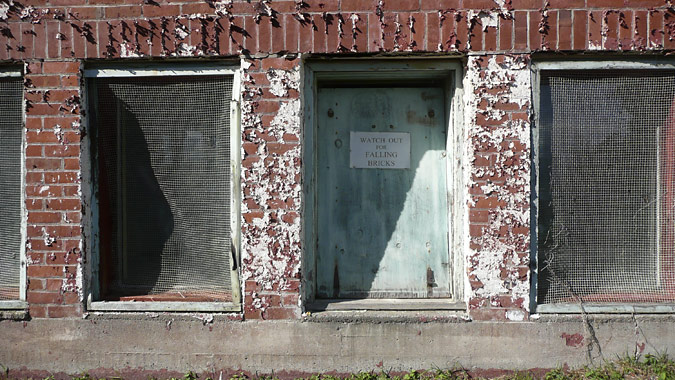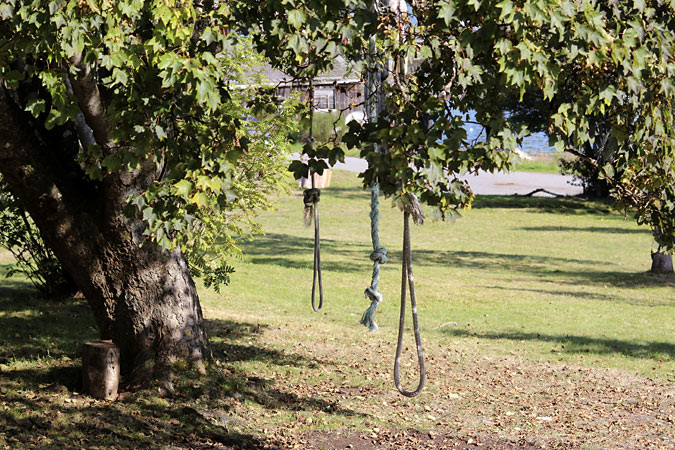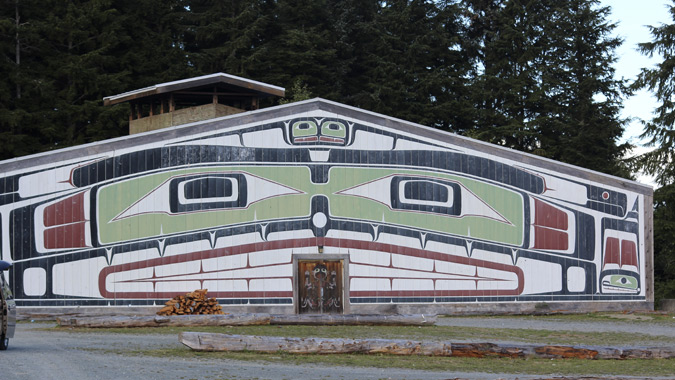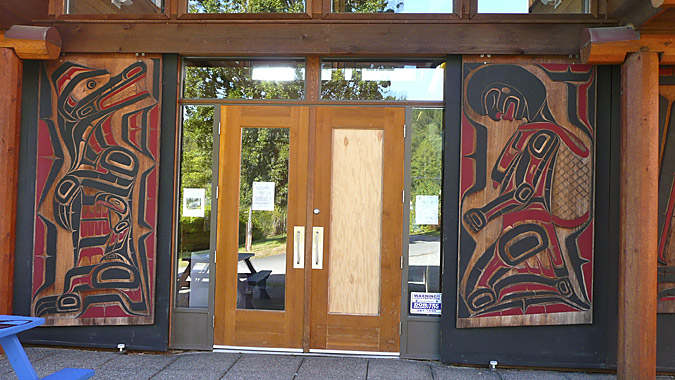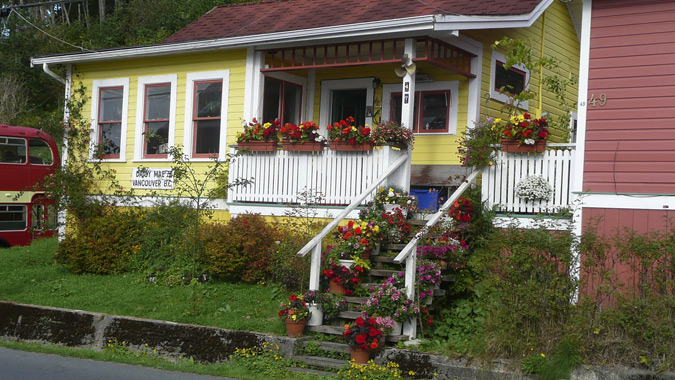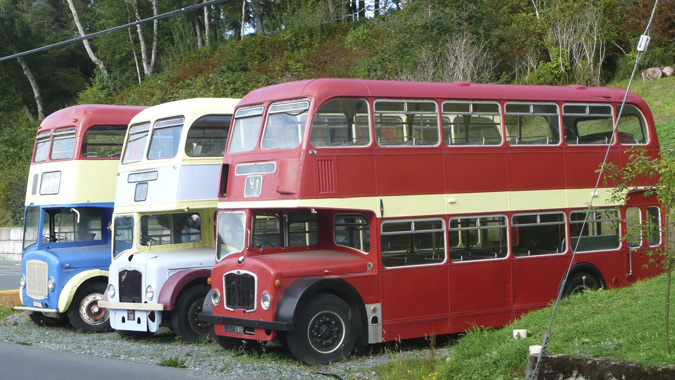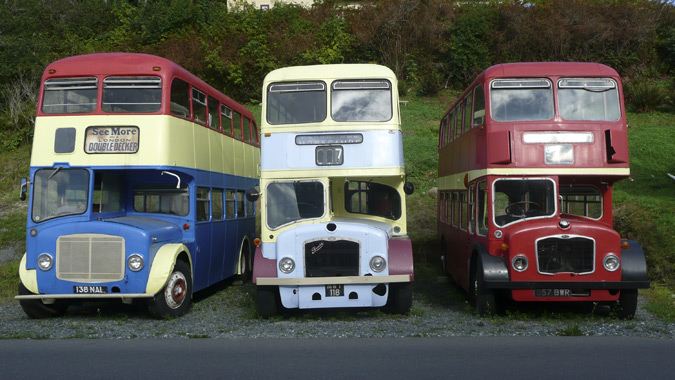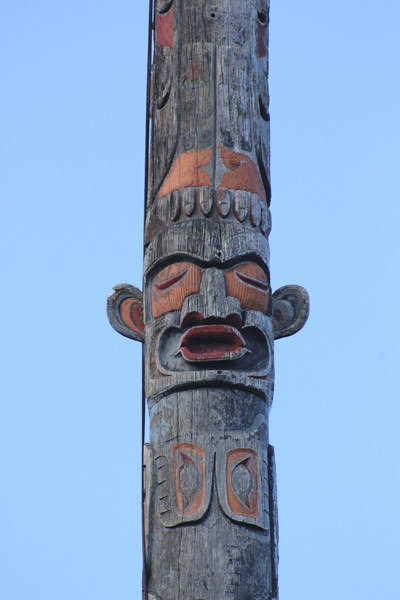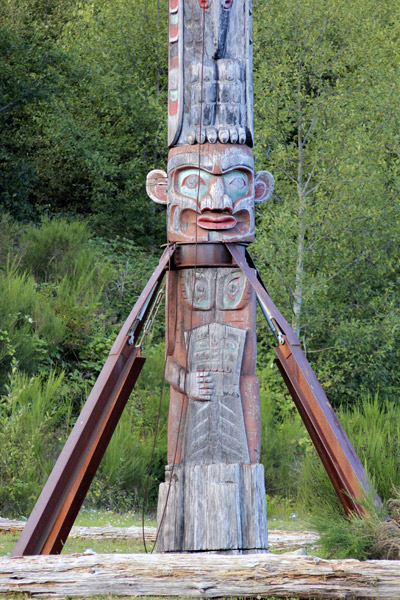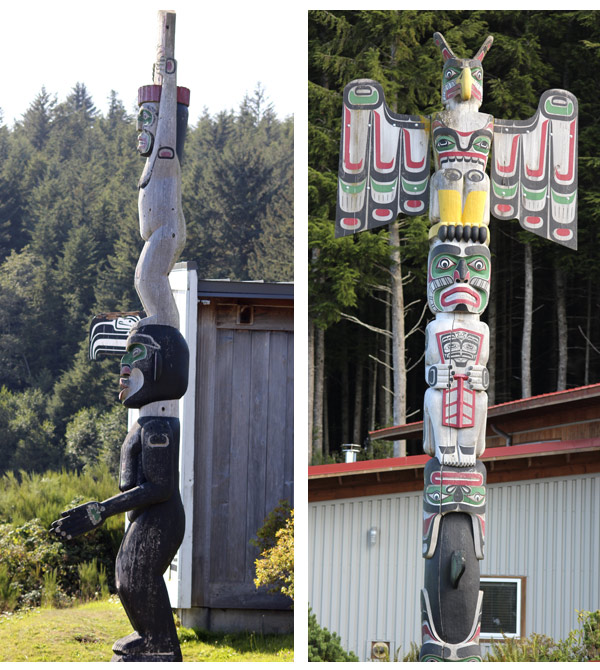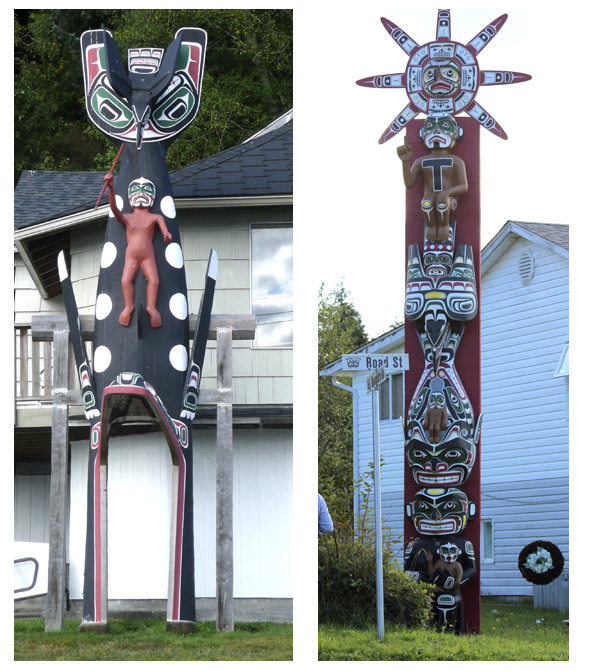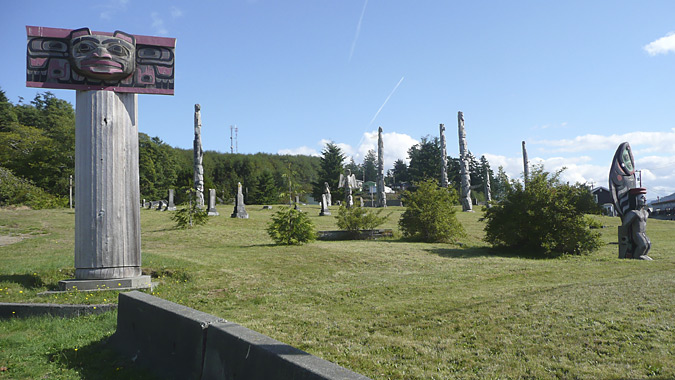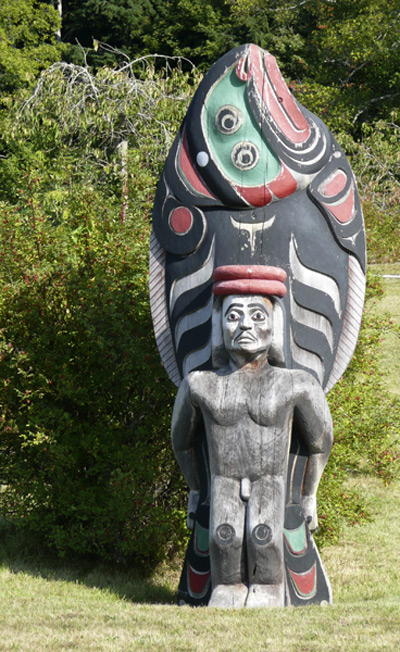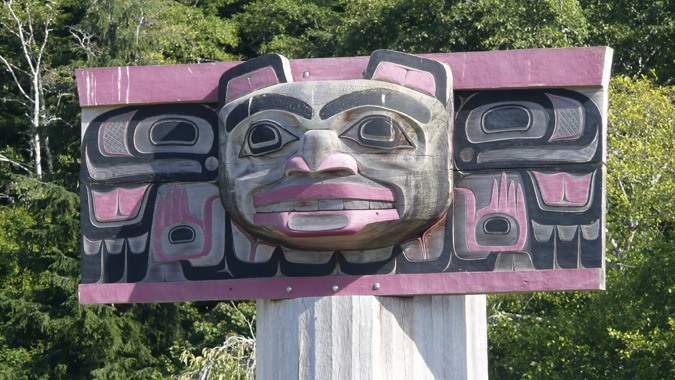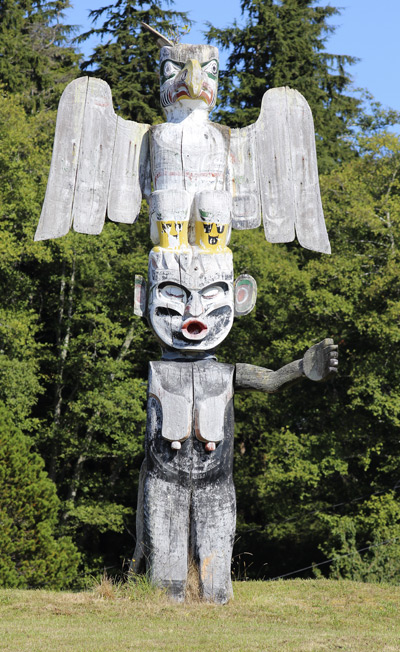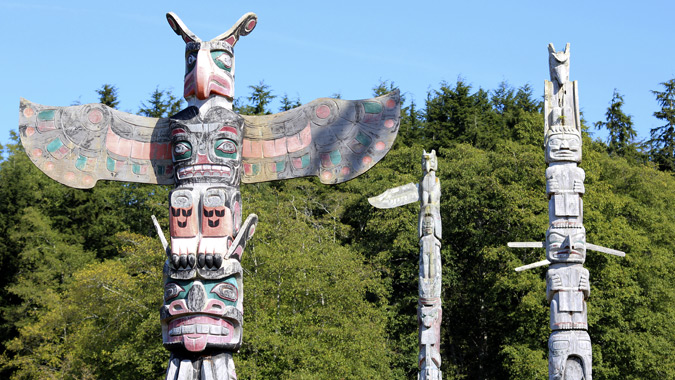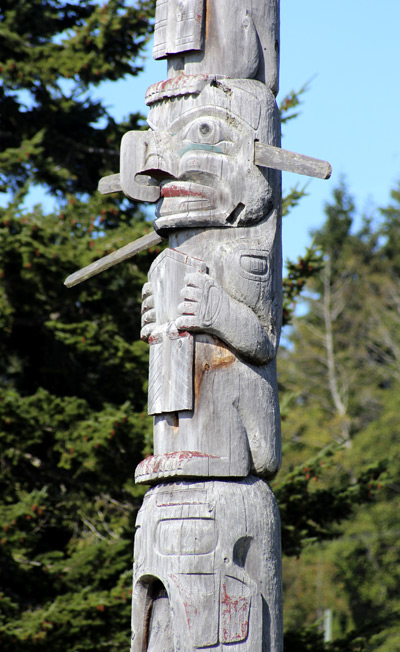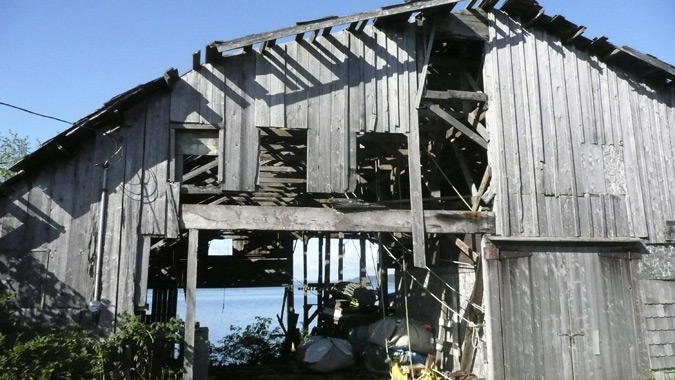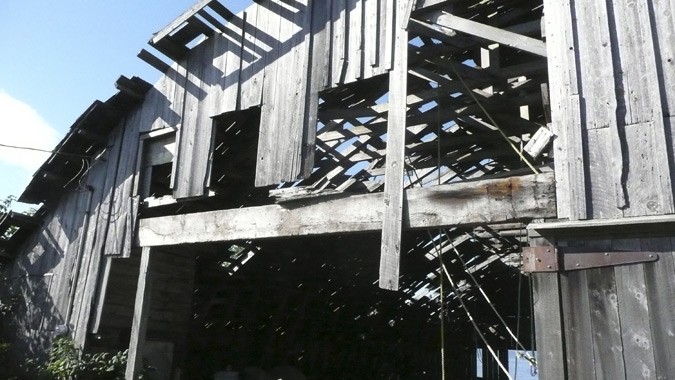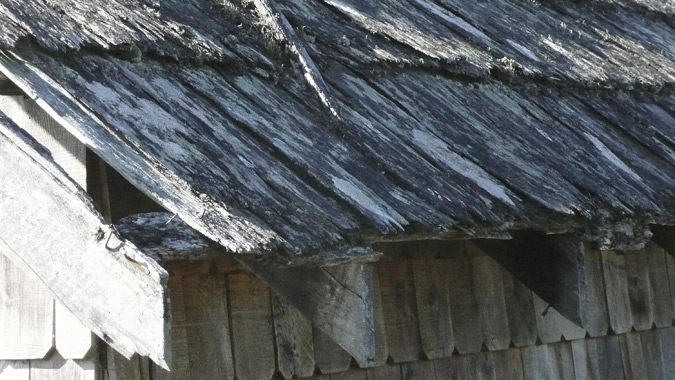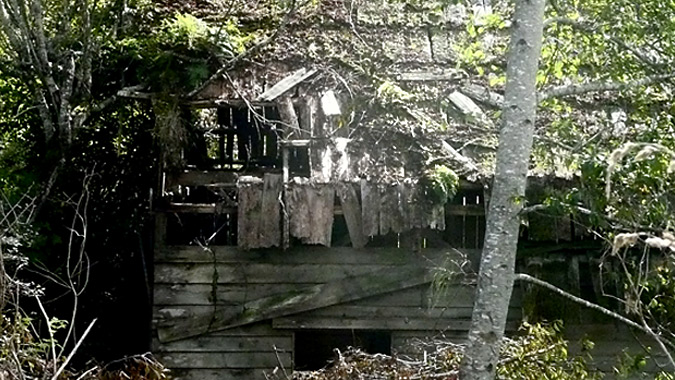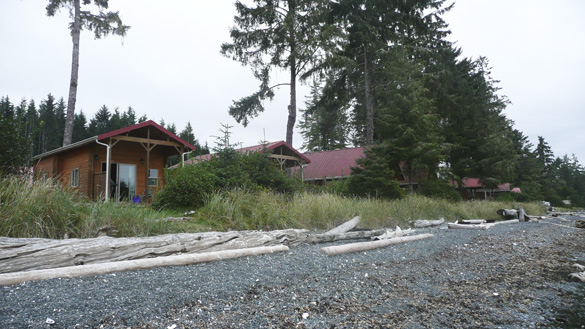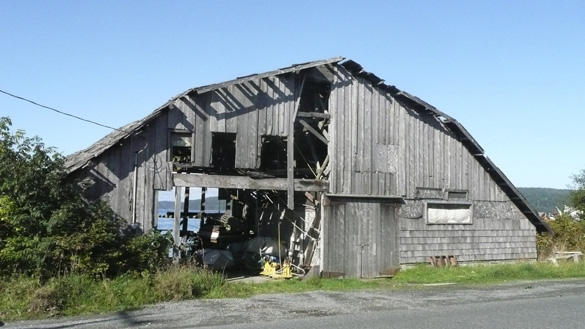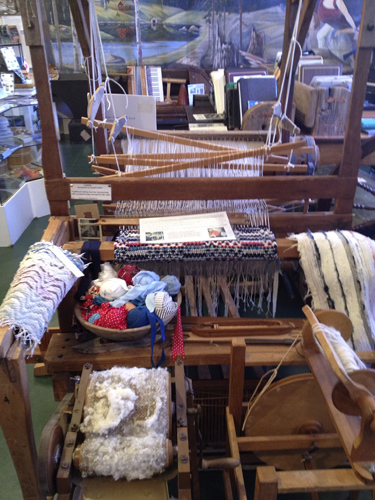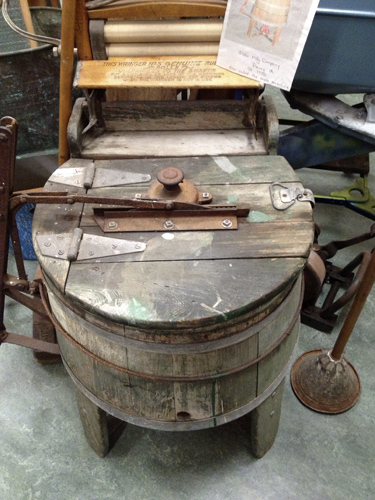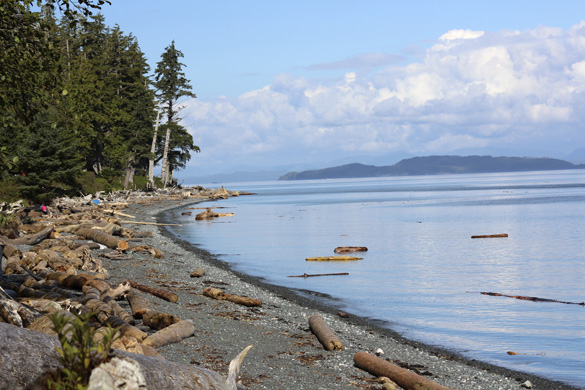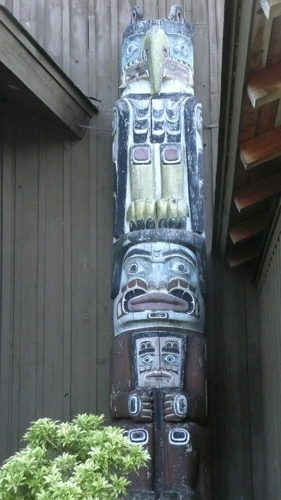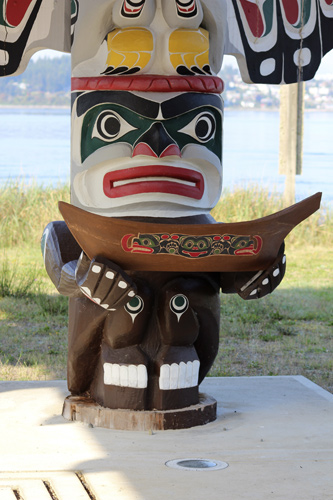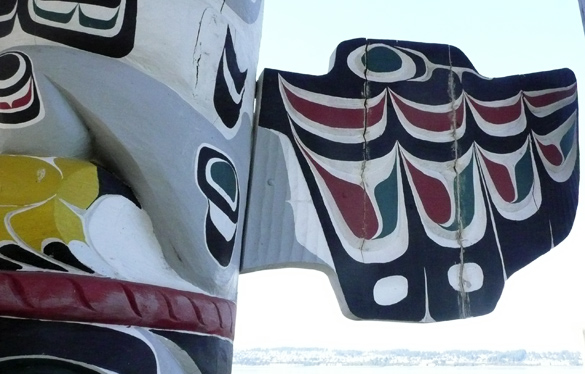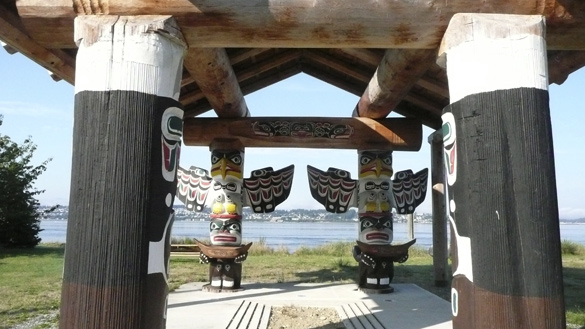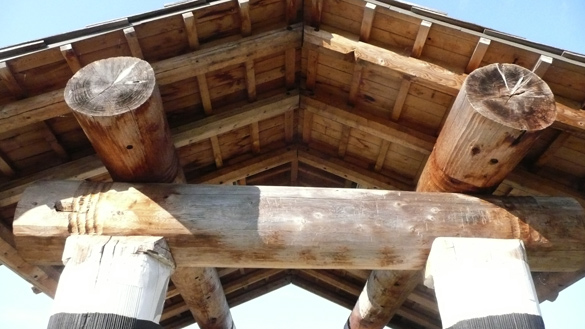island hopping, days 4-6
After a very full and fascinating day of exploring Sointula and Alert Bay, the next morning we had to leave Port McNeill and head south to our next destination, Victoria. It was a pleasant drive of about 450 km. (5 to 6 hours) including stops for a picnic lunch and in Chemainus to see some of their famous murals. Our German visitors kept commenting on how many trees there are, especially in the northern portion of Vancouver Island with its lesser population. As we approach the south, the populations increase, with ever more towns and farms.
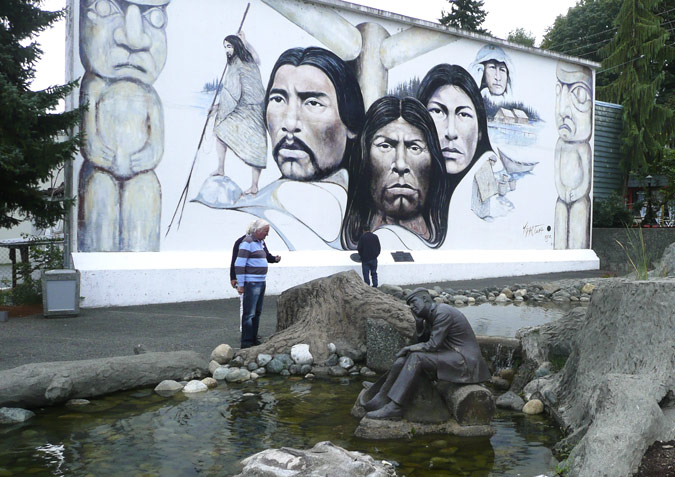
The town of Chemainus is famous for its murals, and this one is my favourite.
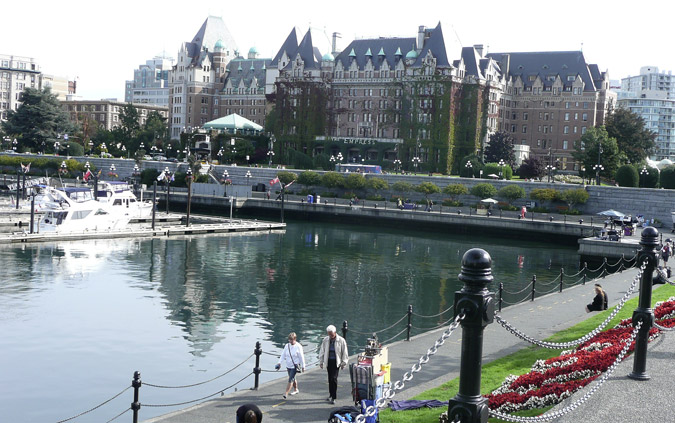
The venerable old Empress Hotel by the Inner Harbour
We checked into a nice hotel (not the above) in downtown Victoria near the Parliament Buildings and the Inner Harbour, a unique and pleasant experience for my husband and I, for we’ve always stayed, quite happily too, with family or friends when here. We had wonderful visits with everyone and our German visitors were given the grand tour by a niece and her husband.
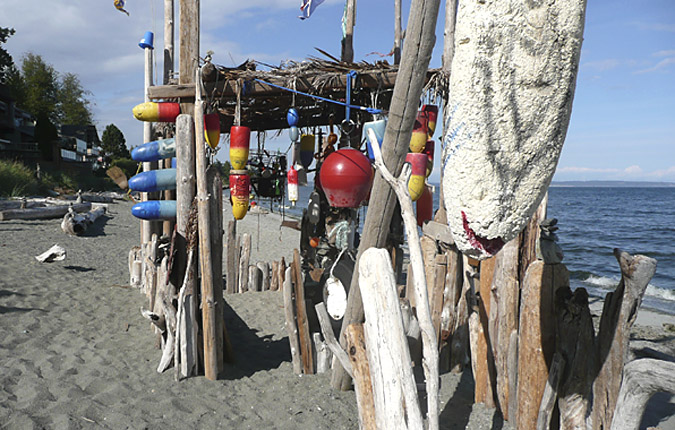
On Cordova Bay, a temporary ‘beach hut’ installation with all manner of humourous found objects, apparantly made every summer by the family living above it.
Our last afternoon was spent celebrating daughter Elisa‘s birthday with family and friends at their home by a charming little lake with lily pads.
Goodbyes, then one more ferry ride back home to Vancouver! The next day our German visitors headed for the airport to catch a flight to the US for the next leg of their holiday.
So, that concludes the saga of our island hopping holiday. Total ferry trips: eight in six days!
Should you have missed some of the island hopping posts, here they all are in their confusion (along with ferry counts, heh):
Day 1 – ferry Vancouver to Nanaimo, drive to Campbell River
Day 2 morning, and more – ferry to Quadra Island, ferry back, then drive to Port McNeill
Day 3 morning – ferry from Port McNeill to Sointula on Malcolm Island, with more about Sointula, then ferry back
Day 3 afternoon – ferry to Alert Bay on Cormorant Island with several posts:
more Alert Bay,
colourful Alert Bay,
Alert Bay history,
the residential school and
the seaside
then the ferry back to Port McNeill.
And lastly this post of course as
Day 4 – drive to Victoria
Day 5 – in Victoria
Day 6 – ferry from Victoria to Vancouver
